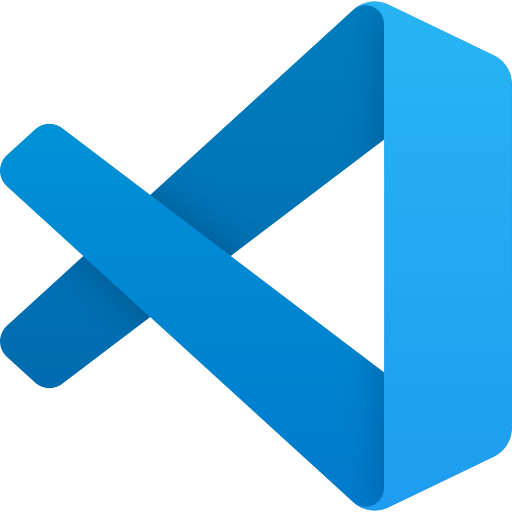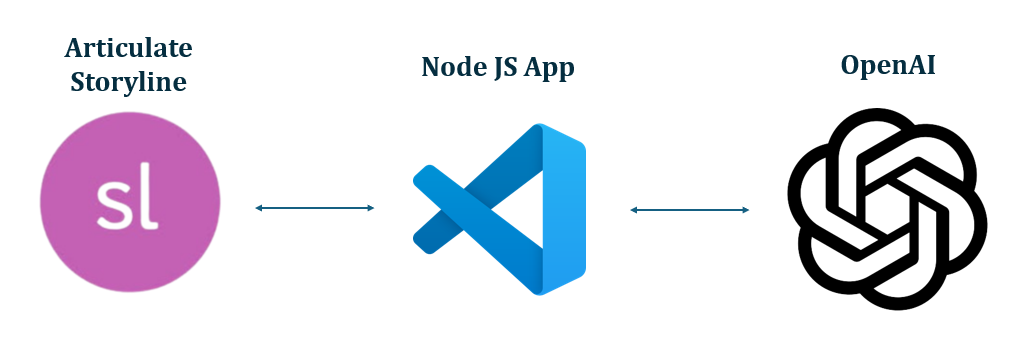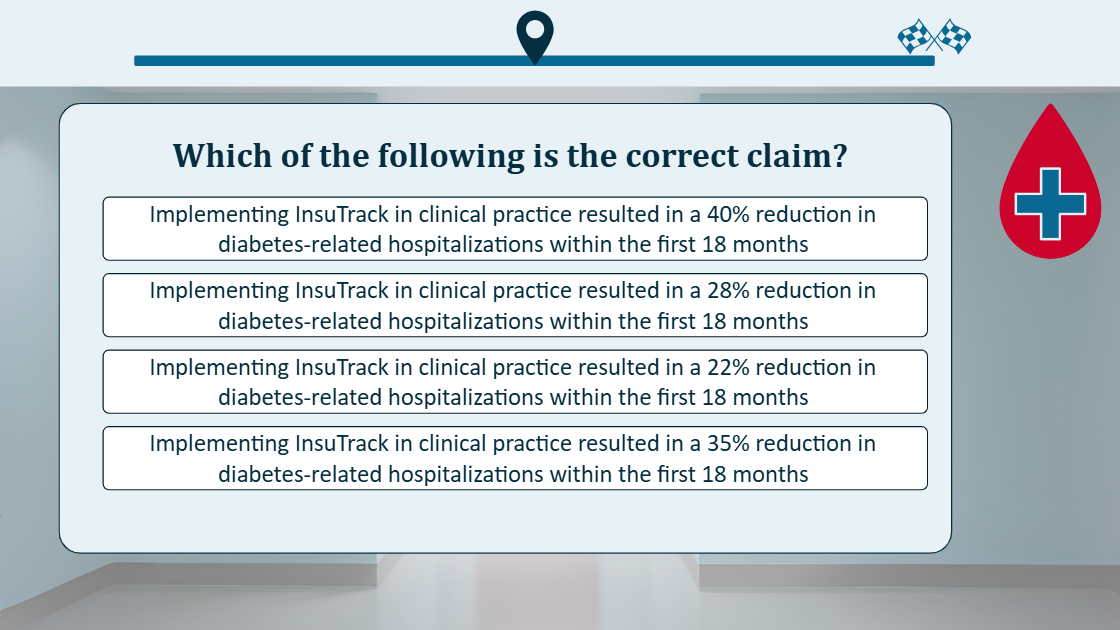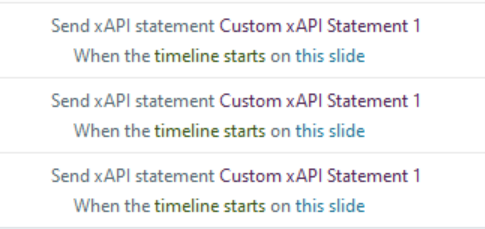Claims Training Room
This micro course helps sales reps learn and retain key statistics about a product.
It uses ChatGPT to provide highly-targeted practice that adapts to the learner’s specific customer.
The front end of the course is an Articulate Storyline module which leverages JavaScript triggers.
The back end consists of a Node.js application that connects to OpenAI.
In-Depth Project Explanation
My responsibilities for the project included:
Needs assessment
Storyboard
Create Node.js app*
Build course (Articulate Storyline)
Integrate JavaScript triggers
Graphic design
*I learned how to make this app in Chris Hodgson’s excellent Advanced E-Learning Developer Series course.
Tools used:
Articulate Storyline
OpenAI API
Visual Studio Code
Canva
Needs Assessment
When selling a medical product, reps need to be able to correctly cite statistics from the clinical literature in order to engage fully and legitimately with health care providers. These statistics can be challenging to learn and retain, especially when there are many of them, and when reps sell multiple devices.
This course provides highly targeted practice to help a sales rep memorize 3 key claims relevant to an upcoming sales call. The course is designed to be a fast, 10-minute refresher that can be done right before the call.
The Product
As this is a concept project, I’ve created a fictional medical SaaS product called “InsuTrack”. It is a suite of technology that helps patients and health care providers track and manage diabetic patients’ glucose levels.
Let’s assume there are 5 years of clinical studies demonstrating InsuTrack’s safety and efficacy. Using ChatGPT, I invented a “Claims Bank” for InsuTrack which contains 17 different key clinical statistics:
The claims are designed to appeal to a range of healthcare providers with different roles (physician, nutritionist, clinic manager...) as well as primary motivators (safety, profit, saving time…).
AI Functionality
In essence, the course gives ChatGPT the following prompt: “Here is some information about a customer, and here is the InsuTrack claims bank. Select 3 claims that would be appropriate for a sales call.”
The Storyline course sends Javascript triggers to a Node.js app, which uses the OpenAI API to call on ChatGPT:
The app then passes the response back into Storyline, where it is used to generate multiple choice questions:
In this way, the course ensures that the rep practices claims which are targeted for their specific sales call - ideal for busy learners with limited time.
Scalability
I designed this project to be highly scalable. Any of the following could be achieved simply by changing a few lines of code:
Substitute InsuTrack for a different product
Add or remove claims from the Claims Bank
Change the information the salesperson inputs about their customer
For example, specifying the customer’s country
In this way, the course can live on as the company’s clinical literature and product offering evolve, without having to re-design new content each time.
Reporting
It would be useful for the company to track which claims are appearing most often in reps’ practice.
Thus, on the last slide of the course, I included 3 custom xAPI statements that send the 3 claims chosen to the LMS:
This can help the company estimate which claims are being used most often by their sales force.
Downloadable PDF
On the last slide of the course, the sales rep can download a pdf of their 3 claims, so that they can easily reference them again – perhaps immediately before they go into the call.
This was a fun coding challenge to figure out how to pass Storyline variables through to the pdf – many thanks to the Articulate community for the tutorial.
Reflections
I really enjoyed being able to create a course which is differentiated and highly targeted to an individual learner’s needs.
I believe AI has the potential to revolutionize e-learning in many positive ways, including increased differentiation, accessibility, scalability, and efficiency. I also have serious reservations about using it. Amidst this ambiguity, I feel it is important to stay up-to-date on AI’s current applications in e-learning, to hopefully one day implement it in a sustainable, ethical way.
Here are some AI-related elements I’ve been thinking about while creating this concept project:
Privacy
Using the OpenAI API would likely not be appropriate for a real-life medical company, as the company would need to keep its data private.
If the company had their own private GPT model, the project could connect with that instead.
Environmental impact
Each iteration of the course uses about 4,000 OpenAI tokens. To reduce this load, the multiple-choice questions could be pre-entered into the Storyline course – using ChatGPT is not strictly necessary to generate questions, merely to select the claims.
Course Access
For now, I have the Node.js app running locally on my computer. To allow learners to use the course from their own devices, at any time, the app would need to run on the cloud.
Overall, I really enjoyed learning so many new things while working on this project, especially coding in Node.js and JavaScript. The experience has solidified my desire to continue exploring new learning technologies, and to further develop my coding skills.
Would you like to talk more about this project?
Please don’t hesitate to reach out.















